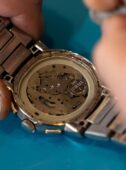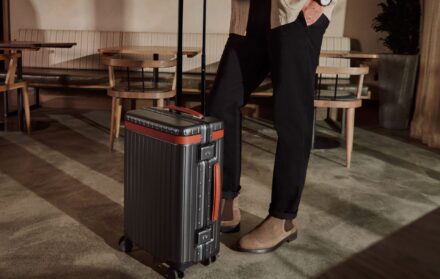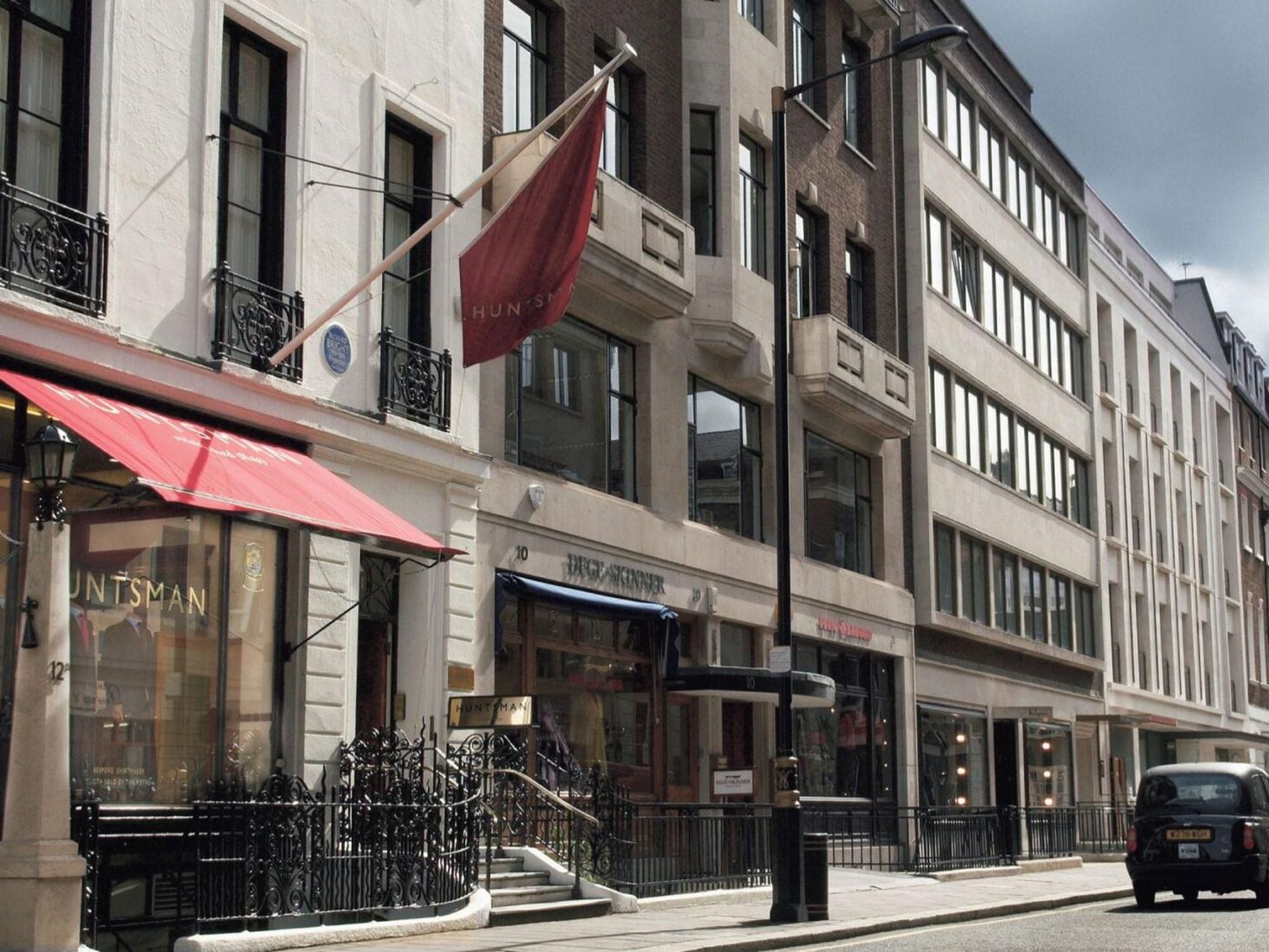
What Lies in the Future of Savile Row?
Mayfair’s most sartorial street offers an inimitable combination of style and substance – but where is it heading?
In the seven years since Savile Row: The Master Tailors of British Bespoke was first published, the traditional bastions of formal dress have come under unprecedented attack. Hedge fund alphas abandoned the tie long before the House of Commons did in June this year. Britain’s young male royals have taken a far more self-consciously casual approach to public office. In the new world order, the billionaire masters of the universe who were once Savile Row stalwarts are now tech gurus such as Mark Zuckerberg, wearing grey T-shirts rather than chalk stripe suits.
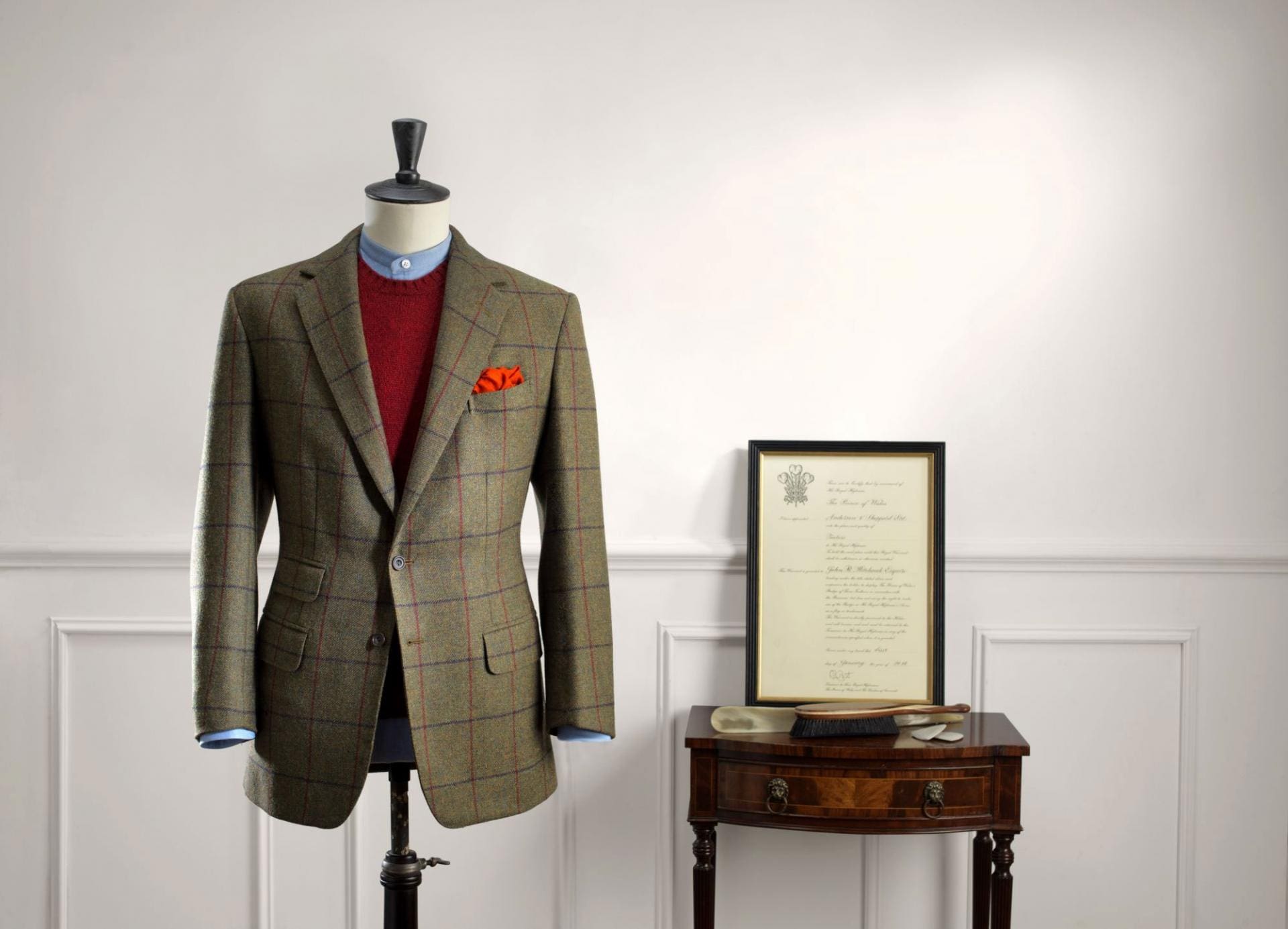
Savile Row’s historic tailoring firms have survived world wars, recessions and revolutions – both industrial and technological. They negotiated the 1960s Youthquake, Giorgio Armani’s 1980s soft tailoring and the dress down movement of the 1990s. But what, one wonders, will Henry Poole & Co, Gieves & Hawkes or Anderson & Sheppard make of the gender neutral lobby, mankles, top knots and tattoos that the Victorians would have paid a shilling to see at the circus?
The answer is to adapt or die and, of course, take the long view that only companies that were trading during the Napoleonic Wars have the privilege of doing. In the same month that Henry Poole & Co – established in 1806 – celebrated chairman Angus Cundey’s 80th birthday, it produced two limited edition NMD trainers in collaboration with Adidas Originals. One was in the company’s Churchill chalk stripe; the other in midnight blue barathea, echoing the first dinner jacket cut in 1865 for the Prince of Wales (later King Edward VII). The first release of the trainers sold out within a week – making Henry Poole something of a daddy cool.
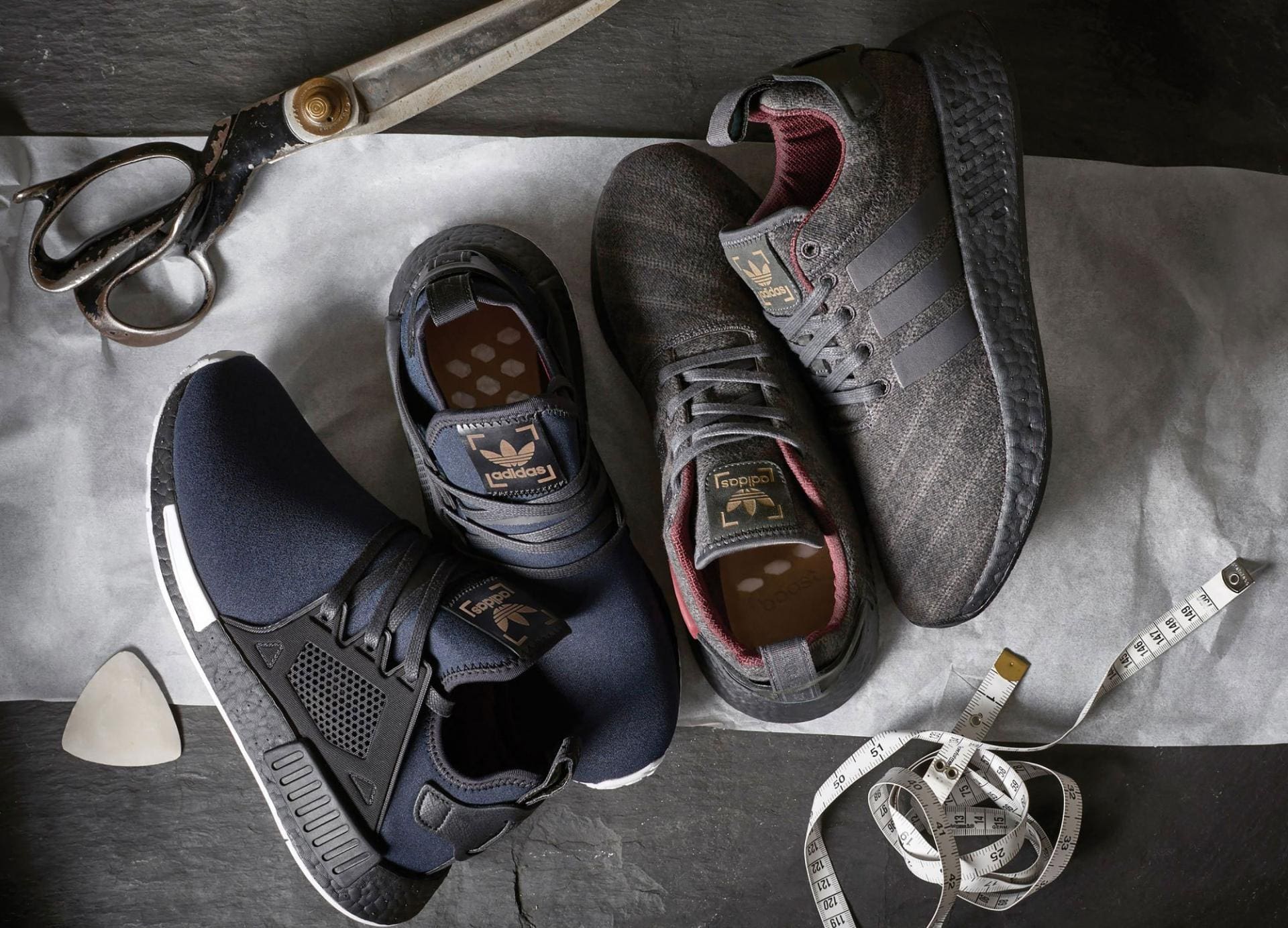
The Row is an attractive proposition for cool brands precisely because the craft of hand measuring, cutting, fitting and finishing combines integrity, history and the ultimate luxury. There is also the fact that the quality of tailoring on Savile Row has never been better. In the early 1900s, Poole had the capacity to produce 600 garments a week. Today, the houses average just over 1,000 bespoke suits per year, passing through seven pairs of skilled hands over a ten-week period. The apprenticeship scheme put in place by the Savile Row Bespoke Association has trained more than 200 pairs of hands, of which 60 cutters and tailors are now employed. This earns respect from the millennial generation.
This injection of young blood in the workshops and showrooms on the Row has been the single biggest change since Savile Row: The Master Tailors of British Bespoke was published. Huntsman and Anderson & Sheppard in particular have trained a generation of hipsters who are arguably their own best advertisements. The hipster movement has had a profound and lasting influence on menswear that plays entirely to Savile Row’s strengths. The skinny jean and tailored jacket are the closest the fashionable male has since come to the silhouette dictated by George ‘Beau’ Brummell at the turn of the 19th century. Breeches-tight trousers flatter a gym-toned body just as they did the equestrian figure during the Regency era.
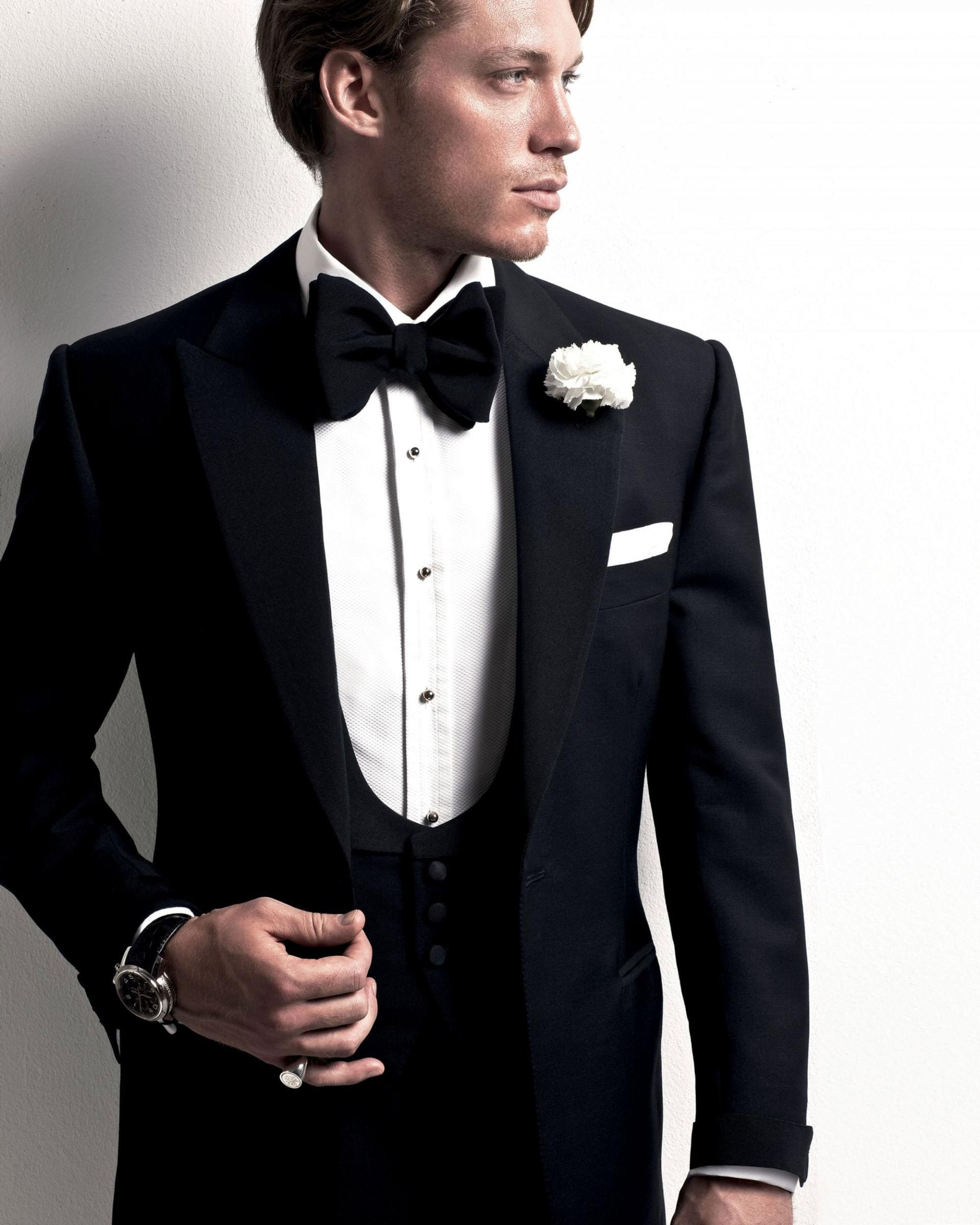
Hipsters have also been responsible for the great tweed revival in urban fashion, led in some respects by Dashing Tweeds, the Tweed Run and The Chap – but actually owned by Savile Row, whose estate checks were woven for the grouse moors, woodlands and deer parks of their aristocratic customers. In this respect the bespoke tailors were the founders of sportswear: riding, shooting, winter sports and motoring. This is the reason that companies such as Bentley, Converse, Adidas, Rolex and Barbour have chosen to collaborate on limited editions with tailors including Dege & Skinner and Norton & Sons.
Although the historic houses may not agree, Savile Row tailoring is kept relevant by the firework bespoke tailors. These independent new names above shop doors speak to a new generation. Tommy Nutter led the Peacock Revolution in the 1970s, while Timothy Everest, Richard James and Ozwald Boateng – the Cool Britannia New Establishment tailors – put bespoke on the catwalks in the 1990s. Since 2010, independents operating off-Row have made the trade a city-wide concern again: names such as Kathryn Sargent, Thom Sweeney, Steven Hitchcock, Byrne & Burge, Henry Herbert and Connock & Lockie. A new generation having faith in an ancient trade is the highest compliment.
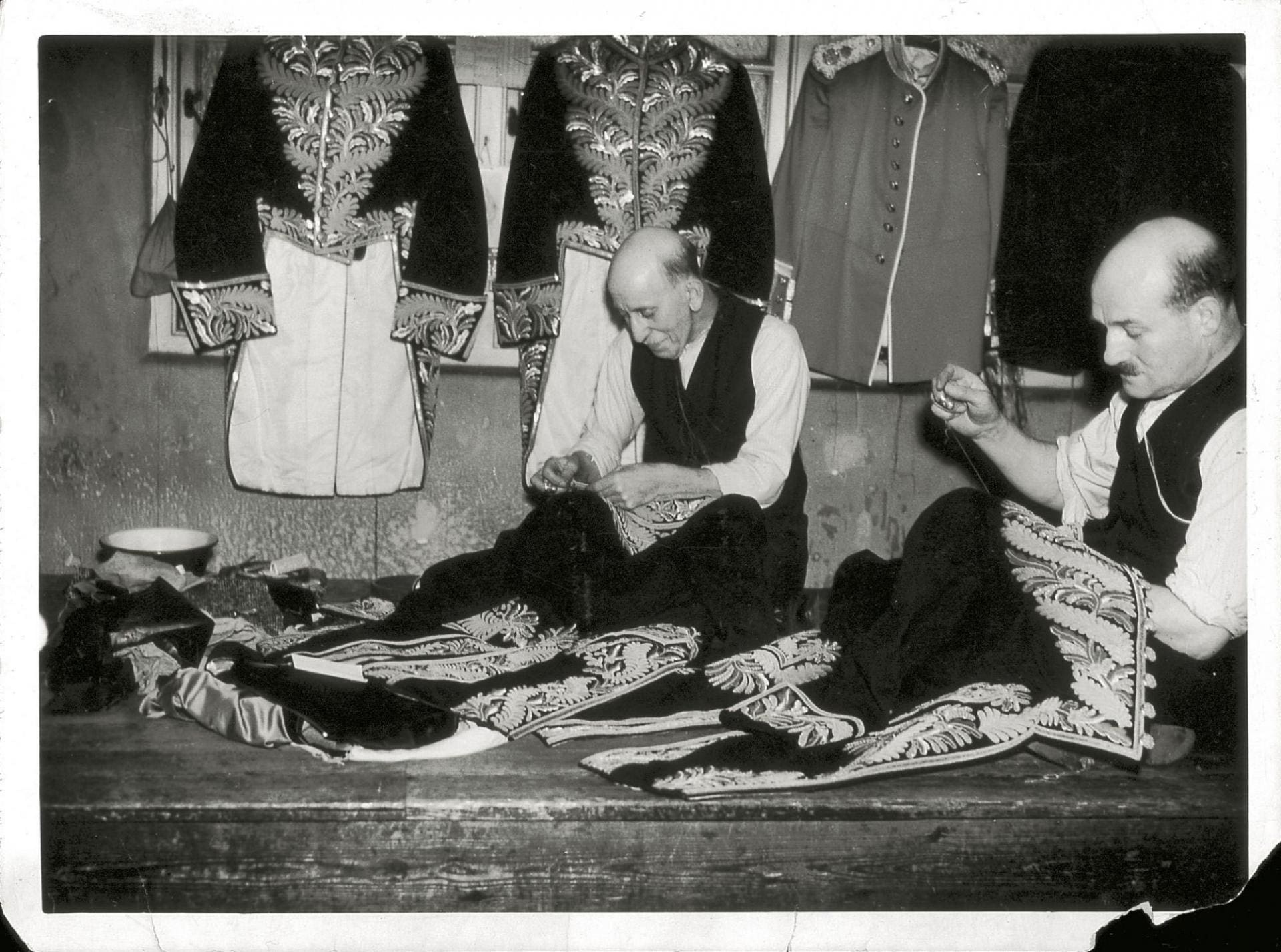
Ironically, as dress codes break down and seemingly anything goes, the style of Savile Row will become increasingly trusted as a place of greater authenticity. But what will secure its future is the fact that handmade clothing executed to the precise requirements of the customer is the epitome of male elegance. The balance of orders may change from predominantly city suits to separates, cocktail dress and weekend tailoring, but men with style and substance will inevitably find their way to Savile Row’s bespoke tailors for the London Cut.


